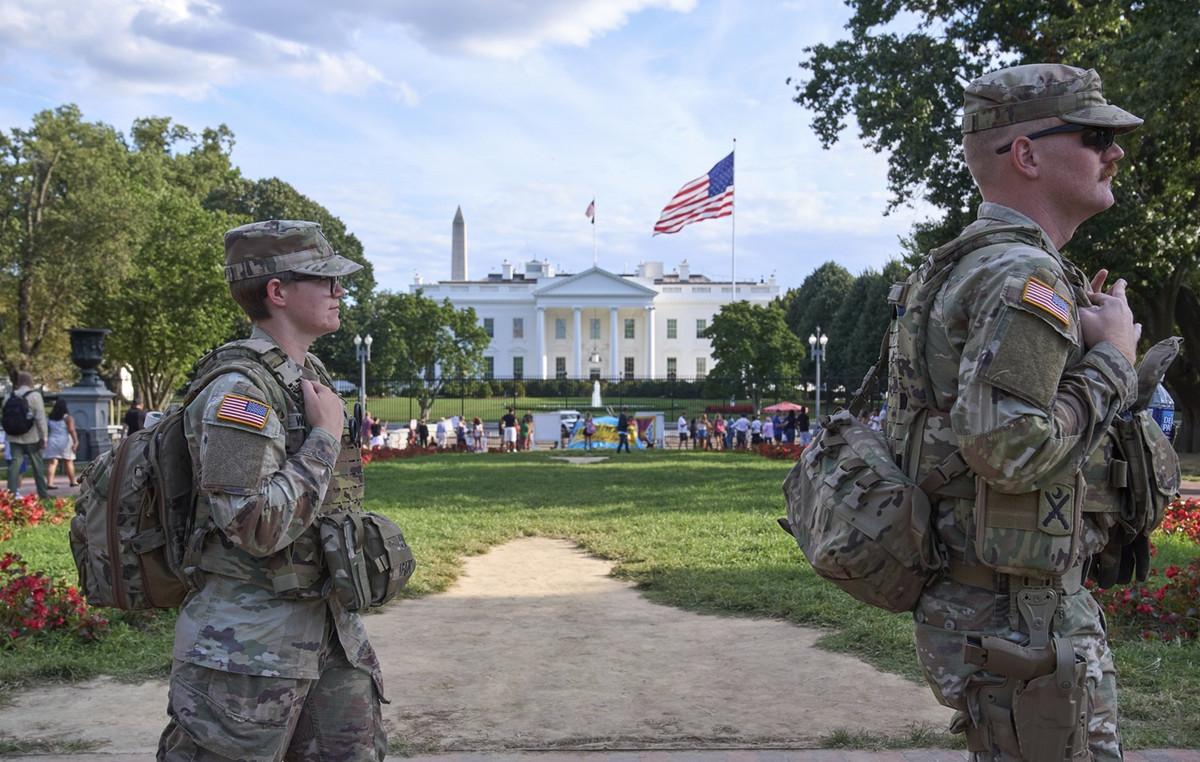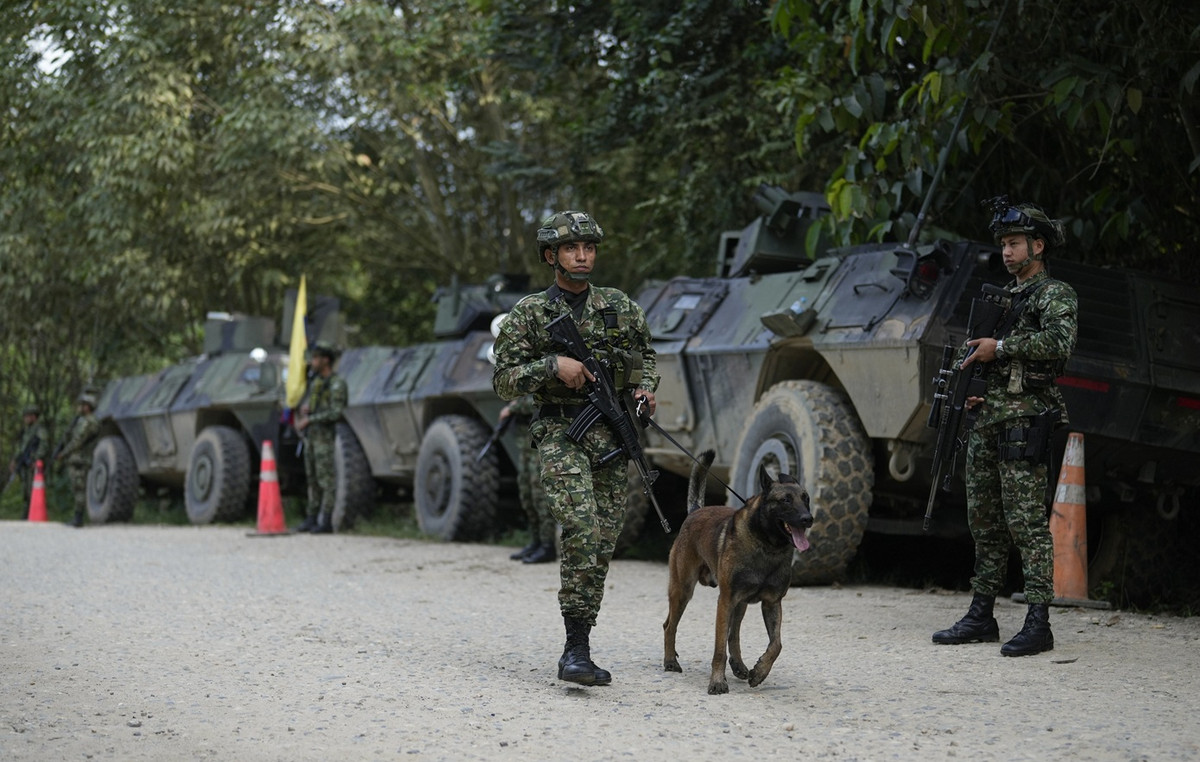Data from the Civil Police of Rio de Janeiro sent to the National Council of Justice (CNJ) indicate the expansion of organized crime in the state since the Federal Supreme Court (STF) restricted actions in Rio favelas, in 2020, during the Covid-19 pandemic .
According to the CNJ report, delivered to the STF last Monday (9), there are around 1,700 locations in Rio under the control of criminal organizations. The Red Command (CV) exercises the greatest power, in more than a thousand regions, but the intelligence sector of the Civil Police also verified that other organizations also operate in the state, such as the “Terceiro Comando Puro” (TCP), the “Amigos dos Amigos” (ADA), in addition to specific actions by the “Primeiro Comando da Capital” (PCC), mainly dedicated to international drug trafficking.
The text also points out the existence of militias, especially the one that operates in the west zone, the so-called “Bonde do Zinho”, and mentions that “a new phenomenon” has emerged in the state, the so-called “narcomilícias”, that is, groups formed based on the alliance between drug traffickers and militiamen, previously rivals, with the main objective of conquering more territories.
“After the implementation of the ADPF [Arguição de Descumprimento de Preceito Fundamental] 635, which imposed restrictions on police action, there was a significant increase in territorial clashes. It became evident that Comando Vermelho, the largest criminal organization in Rio de Janeiro, is expanding its operations and seeking to maximize its territorial domains. They have waged wars over territorial disputes throughout the West Zone, seeking to take total control of areas such as Gardênia Azul, Rio das Pedras, Muzema, Tijuquinha, Morro do Banco, César Maia and Terreirão, which has caused disorder throughout the region. Barra da Tijuca, Recreio dos Bandeirantes, Itanhangá, Jacarepaguá and Vargens, significantly increasing the population's feeling of insecurity”, describes the document.
The Rio de Janeiro Civil Police also pointed out that criminals from other regions of the country are migrating to Rio de Janeiro. The data collected showed that at least 113 faction leaders from different states were hiding in Rio.
The report shows that, in general, criminals opt for three types of weapons: rifles, machine guns and pistols equipped with burst kits, which transform them into submachine guns.
“The possibility of a police officer ending up injured during an action in the state of Rio is 725 times greater than that of a North American soldier who was in combat in the Gulf War and four times greater compared to the second world war, according to the conclusions of studies by the president of the Commission for the Analysis of Victimization of the Military Police of the State of Rio de Janeiro, Colonel Fábio Cajueiro”, cites the text.
CNJ conclusions
At the end of the report, the CNJ asks that it be defined more precisely, by setting more parameters, what would be the “exceptionality” to allow or not allow police operations on Rio de Janeiro soil, since the need for more clarity was raised by the State Public Ministry and ratified by the State Civil and Military Police.
The CNJ goes so far as to list criteria pointed out by the Civil Police for the release of operations, such as the compromise to public order caused by armed conflicts between criminal organizations; acting in self-defense in armed attacks on state agents or public bodies; compliance with precautionary judicial measures; preventive action regarding the expansion of territorial control over sensitive areas; between others.
The Council also highlighted what it called serious structural problems in criminal investigations carried out in the state, as they can hinder the elucidation of cases. The suggestion made is a hierarchical structure of the technical-scientific police that has “institutional independence and autonomy”, that is, without connection with the police.
In relation to criminal judicial shifts, the Council classified the operation as “adequate, effective and satisfactorily meets the demands presented”.
Fogo Cruzado Institute disagrees
According to the Fogo Cruzado Institute, which presents data on armed violence in Rio and Janeiro, the CNJ report does not demonstrate a link between the ADPF and the expansion of organized crime.
“Organized crime has been expanding uninterruptedly in Rio de Janeiro since 2008, as shown in the Map of Armed Groups produced by Fogo Cruzado and Geni. In 2008, 9% of the metropolitan region area was dominated by a criminal organization. In 2021 it was 20%. It was not because of the ADPF that organized crime expanded. It expanded for the same reason it has been doing so for almost 20 years: because we do not have a public security policy aimed at dismantling these groups,” the institute said in a statement sent to CNN .
According to the platform, the restriction of operations in communities, which was never fully followed, was fundamental in reducing deaths caused by police in the state, as it showed that unplanned police actions harm the population.
Source: CNN Brasil
I’m James Harper, a highly experienced and accomplished news writer for World Stock Market. I have been writing in the Politics section of the website for over five years, providing readers with up-to-date and insightful information about current events in politics. My work is widely read and respected by many industry professionals as well as laymen.







